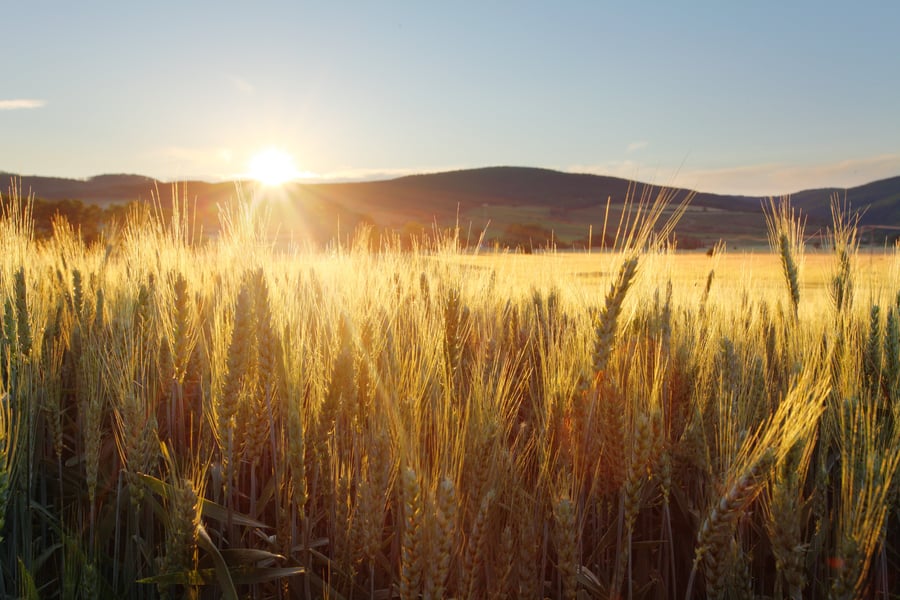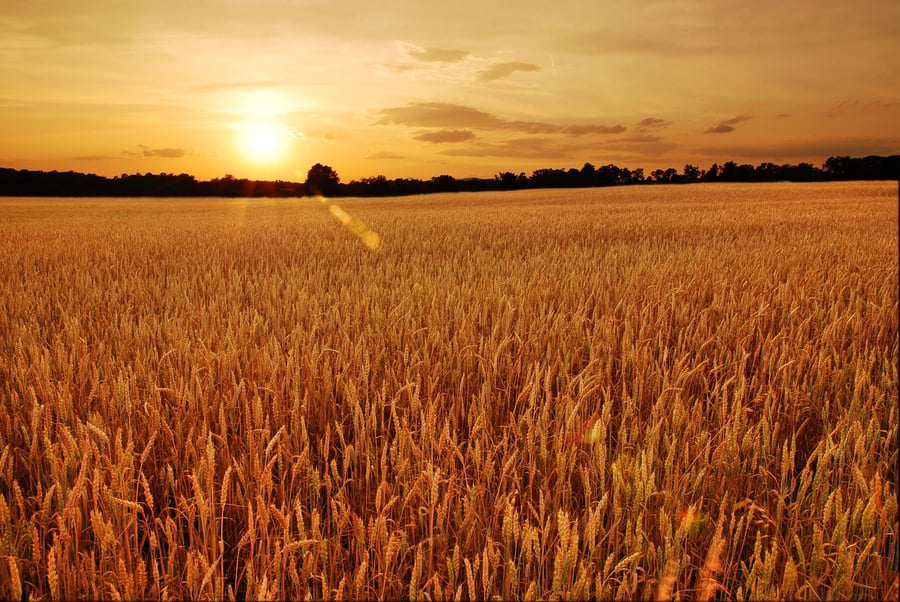Comparing 4 High-End Grain Moisture Meters

Grain moisture meters are a proven tool for helping farmers monitor and control the moisture content (%MC) of their grain crops at harvest time and during storage to reduce the risk of spoilage, moisture shrinkage, excessive drying costs, and many more problems. However, the real question is, “which grain moisture meter should I use?”
There are many different grain moisture meters that farmers can use, each with their own unique benefits. To help you find the best grain moisture meter for your needs, here’s a little chart comparing 4 of the top grain meters on the market today:
|
Grain Corrections |
13 |
250+ |
250+ |
250+ |
|
Temperature Correction Range |
32 – 160°F (0 – 71.1°C) |
-4°F - 158°F (-20°C - 70°C) |
-4°F - 158°F (-20°C - 70°C) |
-4°F - 158°F (-20°C - 70°C) |
|
Reading Speed |
Standard |
Under 5 Seconds |
Under 10 Seconds |
Under 10 Seconds |
|
Data Export |
No |
Wireless via Bluetooth |
USB connection, integrated printer |
USB connection, integrated printer |
|
Moisture Range |
9% - 30% MC, depending on the grain |
5% - 50%, depending on the grain |
5% - 50%, depending on the grain |
5% - 50%, depending on the grain |
|
Electrode Compatibility |
Any Delmhorst Electrode |
None |
None |
None |
|
Calibration Check |
Built-in |
None |
None |
None |
|
Display |
LCD |
3.5” Touchscreen LCD |
4.5” Touchscreen LCD |
4.3” Touchscreen LCD |
|
Battery |
9-Volt |
Rechargeable Lithium-Ion |
12-Volt Rechargeable |
Rechargeable |
|
Warranty |
1 Year |
5 Years |
5 Years |
5 Years |
Which of These Meters is the Best for Your Needs?
The D999-series meters all have similar capabilities for moisture detection range, grain corrections, and temperature corrections—all of which exceed the capabilities of the G-7 meter.
However, there are still some important distinctions that could make one meter better than the others for your needs.
For example, the D999-FB and D999-ES both have the ability to measure the pH of grains as well as detect impurities and 10 different kinds of damaged kernels. Also, both of these meters have an integrated printer that makes it easy to record measurements in the field.
Meanwhile, the D999-FR is the only grain moisture meter to have wireless communication to transmit reading data to your smartphone or computer. Also, its accuracy is within 0.1% or 0.2% of actual %MC depending on the grain.
The G-7 meter, on the other hand, is compatible with all of Delmhorst’s special electrodes, which makes it more versatile as a moisture testing tool on the farm. It is also the least costly meter for grain on this list, making it budget-friendly for farmers. Its built-in calibration check also makes it easy to verify that you’re getting accurate moisture measurements when you use the device.
The best grain moisture meter for your needs will be the one that combines all of the features you need while staying within your budget. For more help choosing the best grain meter for your needs, contact Delmhorst Instrument Company today!
Subscribe to Our Blog
Post Related

Why Are Grain Calibrations Important for Measuring Grain Moisture?


.png?width=900&name=999FR%20Carrying%20Case%20(2).png)